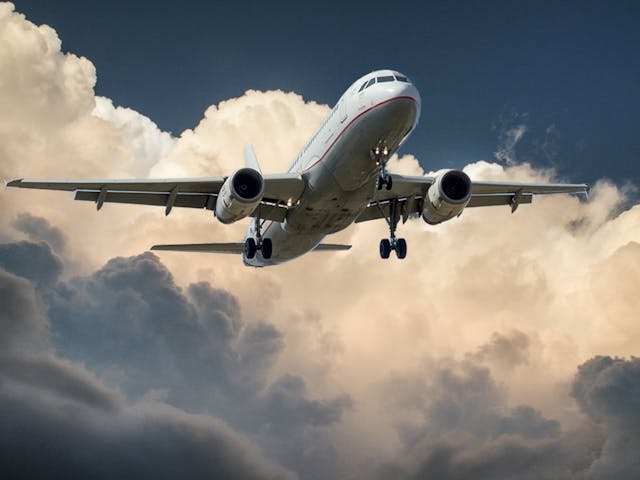The process of an airplane’s takeoff is a meticulously orchestrated sequence of events that involves a combination of aerodynamic principles, engine power, and precise maneuvering. From the moment the aircraft taxis to the runway to the exhilarating moment it lifts off into the sky, numerous factors come into play to ensure a safe and efficient takeoff. This article will delve into the various stages and components involved in the process of an airplane’s takeoff, shedding light on the intricate procedures and considerations that pilots and aircraft undergo before embarking on a flight.

1. Taxiing to the Runway
Taxiing to the runway is a crucial phase in the process of an airplane’s takeoff, involving the movement of the aircraft from the terminal gate to the designated departure runway. During this stage, airport ground control coordinates with pilots to provide instructions for taxi routes and traffic flow on the taxiways. Airport tug can be employed to assist with maneuvering larger aircraft, ensuring precise positioning on the taxiway and facilitating efficient movement. As the aircraft taxis, pilots conduct final checks and preparations, including setting flight controls, confirming navigation systems, and communicating with air traffic control. Taxiing to the runway allows pilots to position the aircraft for takeoff, marking the beginning of the flight journey and the anticipation of the adventure ahead.
2. Pre-Takeoff Checks and Preparation
Before initiating the takeoff roll, the flight crew performs a series of pre-takeoff checks and preparations to ensure that the aircraft is in a suitable condition for flight. These checks include verifying the proper functioning of critical systems such as the engines, flight controls, and landing gear. The flight crew also reviews the weather conditions, runway length, and weight and balance of the aircraft to determine the appropriate takeoff configuration and performance parameters. Additionally, the pilot communicates with air traffic control to obtain clearance for takeoff and coordinate with other aircraft in the vicinity.
3. Engine Power and Thrust
After all pre-takeoff checks are completed and clearance is obtained, the pilot advances the throttle to increase engine power and generate the necessary thrust for takeoff. Modern jet engines can deliver significant amounts of thrust, propelling the aircraft forward and accelerating it down the runway. As the engines spool up, the aircraft begins to accelerate, and the flight crew monitors engine parameters to ensure smooth and consistent performance. The engine’s thrust output is carefully managed throughout the takeoff roll to achieve the desired acceleration and rotation speed.
4. Rotation and Lift-off
As the aircraft gains speed along the runway, the pilot gradually applies elevator control inputs to initiate the rotation maneuver. Rotation involves raising the aircraft’s nose attitude to increase the angle of attack and generate lift. The optimal rotation speed, known as the rotation Vr, varies depending on factors such as aircraft weight, configuration, and runway length. Once the aircraft reaches VR, the pilot smoothly pulls back on the control yoke or stick to rotate the aircraft’s nose upward, transitioning from ground contact to flight. With sufficient lift generated by the wings, the aircraft lifts off the runway and begins its ascent into the air, marking the culmination of the takeoff phase.
5. Initial Climb and Departure
Following lift-off, the aircraft enters the initial climb phase, during which it ascends away from the runway and gains altitude. The pilot maintains a positive rate of climb by adjusting the pitch attitude and thrust settings to achieve the desired climb gradient. Air traffic control provides instructions to the flight crew regarding the assigned departure route, altitude restrictions, and any applicable airspace clearances. The aircraft continues to climb until it reaches its assigned cruising altitude, at which point it levels off and transitions into the en route phase of flight. From there, the flight progresses to its destination, guided by air traffic control and the flight crew.
Conclusion
In conclusion, the process of an airplane’s takeoff is a meticulously choreographed sequence of events that requires careful planning, precise execution, and effective coordination between the flight crew and air traffic control. From the initial taxiing to the exhilarating moment of lift-off and departure, each stage of the takeoff process plays a crucial role in ensuring the safety and success of the flight. By understanding the intricacies of takeoff procedures and adhering to standard operating practices, pilots and aircraft operators can navigate the challenges of departure with confidence and proficiency, paving the way for a smooth and enjoyable flight experience for passengers and crew alike.




Recent Comments